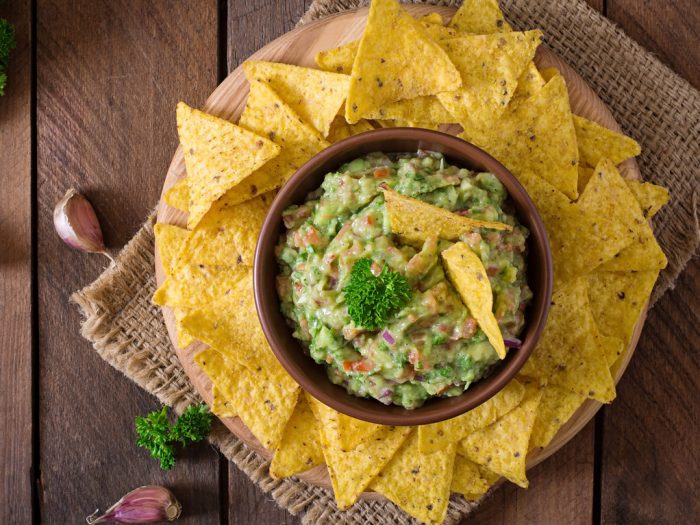Did you just find this weird veggie called okra at the nearby grocery store and don’t know what it’s good for? Then we’ll tell you how to cook with okra so that it can be its tastiest self.
Okra is one of those foods you either love or hate because of its mucilage, a substance that acts as a natural thickener when it’s heated but also gives a slimy texture to your food. Okra came from Africa, but now it’s widely used in Caribbean, Creole, Cajun, and Indian cuisines. In fact, you can find it in about any country with a warm climate. There are several varieties of okra. Some are long, others are shorter, some are purple, while others are green. Green okra is the most common form found in the United States. It’s not a highly popular vegetable and not all grocers stock it. So, if you see some green, tube-like vegetables as small as your little finger at the market, know that they’re the okra pods you might have been looking for.
If you’re tempted to try them, you should first find out how to cook with okra, because otherwise, you may be unpleasantly surprised by their slimy and silky texture. This happens because the edible seeds in okra release a mucilaginous (sticky or viscous) liquid when cooked. Mucilage is a substance that acts as a natural thickener when it’s heated. While some people enjoy its texture, others just can’t stand it. That’s why some cooks try to reduce the slime in okra dishes.
How to cook with okra to reduce its slime
Wash your okra pods, then pat them dry before cutting or slicing them. You can cut okra into rounds, sliced lengthwise or cut diagonally, but you can also cook whole pods, without cutting them.
Okra’s flavor is quite subtle, resembling a green bean and zucchini combo. Usually, okra is used to make soups and stews. In Louisiana, one of the most popular stews, called gumbo, is made using okra as a thickener. In other regions, like the Caribbean, okra is breaded and then deep fried. In other places, they pickle it.
In fact, pickling can help cut down on the slimy texture okra takes on when it’s cooked. If you don’t want to pickle it, some cooks say you can soak it in vinegar or acidulated water for an hour before cooking it. Just remember to pat it dry afterward.
If you cook with okra at very high heat you may also reduce its mucilage. Besides deep frying it, you can also grill and sauté the pods. If you still want to use it in stews, you can precook okra this way (grilled, sautéed) before adding it to other recipes.
Also, if you store it in your refrigerator in paper bags for 1-3 days before cooking it, it’ll release less moisture when it’s cooked. Just bring it up to room temperature first.
If you don’t mind the sticky texture and you want to cook with okra a nice-thickened stew or soup, just chop or slice it, per the instructions of your recipe.






